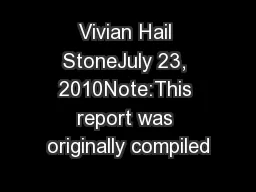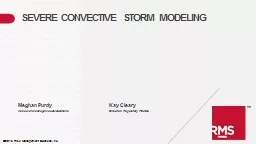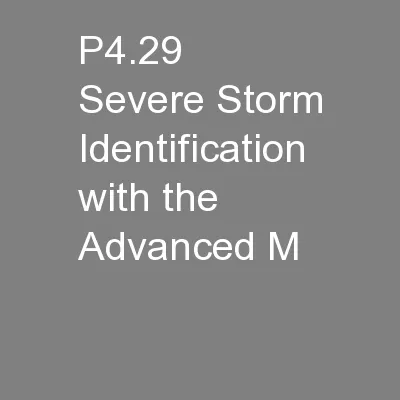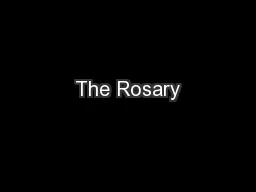PDF-Vivian Hail StoneJuly 23, 2010Note:This report was originally compiled
Author : conchita-marotz | Published Date : 2016-06-10
It has been preserved here to accompany the associated The web page was retrieved on 5 January 2011 from httpwwwcrhnoaagovabrnstormdamagetemplate This document
Presentation Embed Code
Download Presentation
Download Presentation The PPT/PDF document "Vivian Hail StoneJuly 23, 2010Note:This ..." is the property of its rightful owner. Permission is granted to download and print the materials on this website for personal, non-commercial use only, and to display it on your personal computer provided you do not modify the materials and that you retain all copyright notices contained in the materials. By downloading content from our website, you accept the terms of this agreement.
Vivian Hail StoneJuly 23, 2010Note:This report was originally compiled: Transcript
Download Rules Of Document
"Vivian Hail StoneJuly 23, 2010Note:This report was originally compiled"The content belongs to its owner. You may download and print it for personal use, without modification, and keep all copyright notices. By downloading, you agree to these terms.
Related Documents














